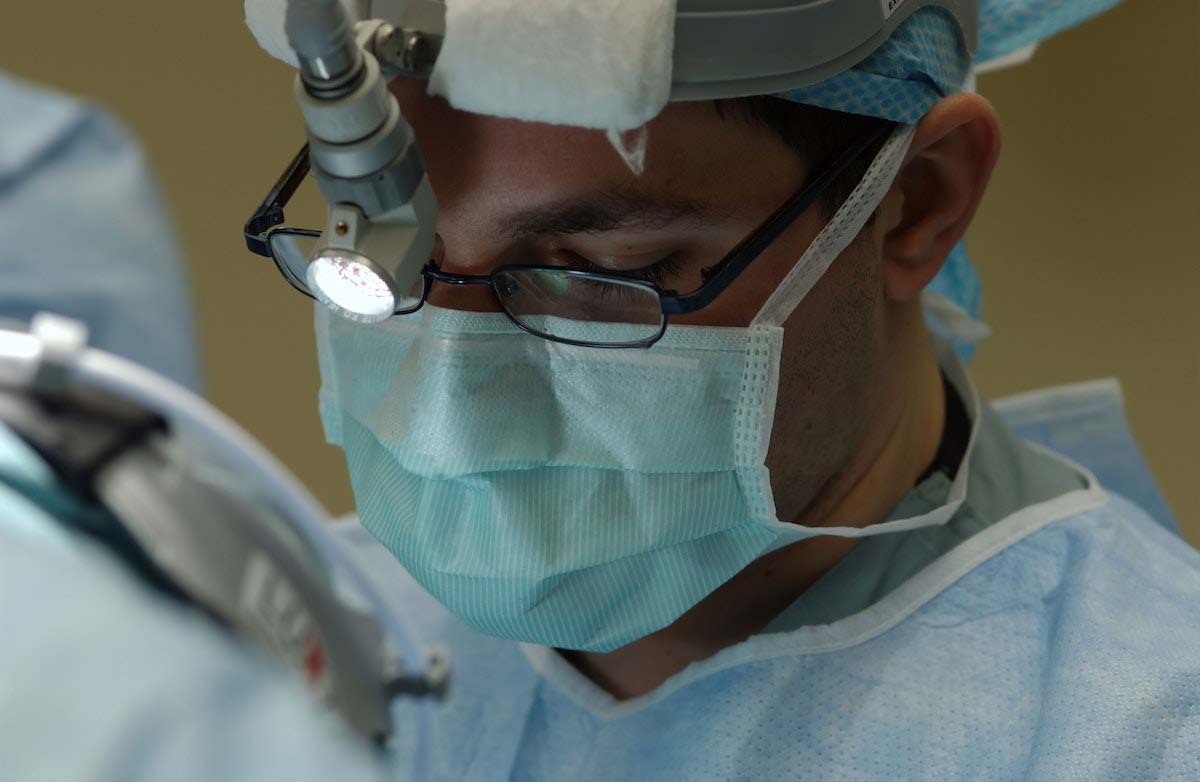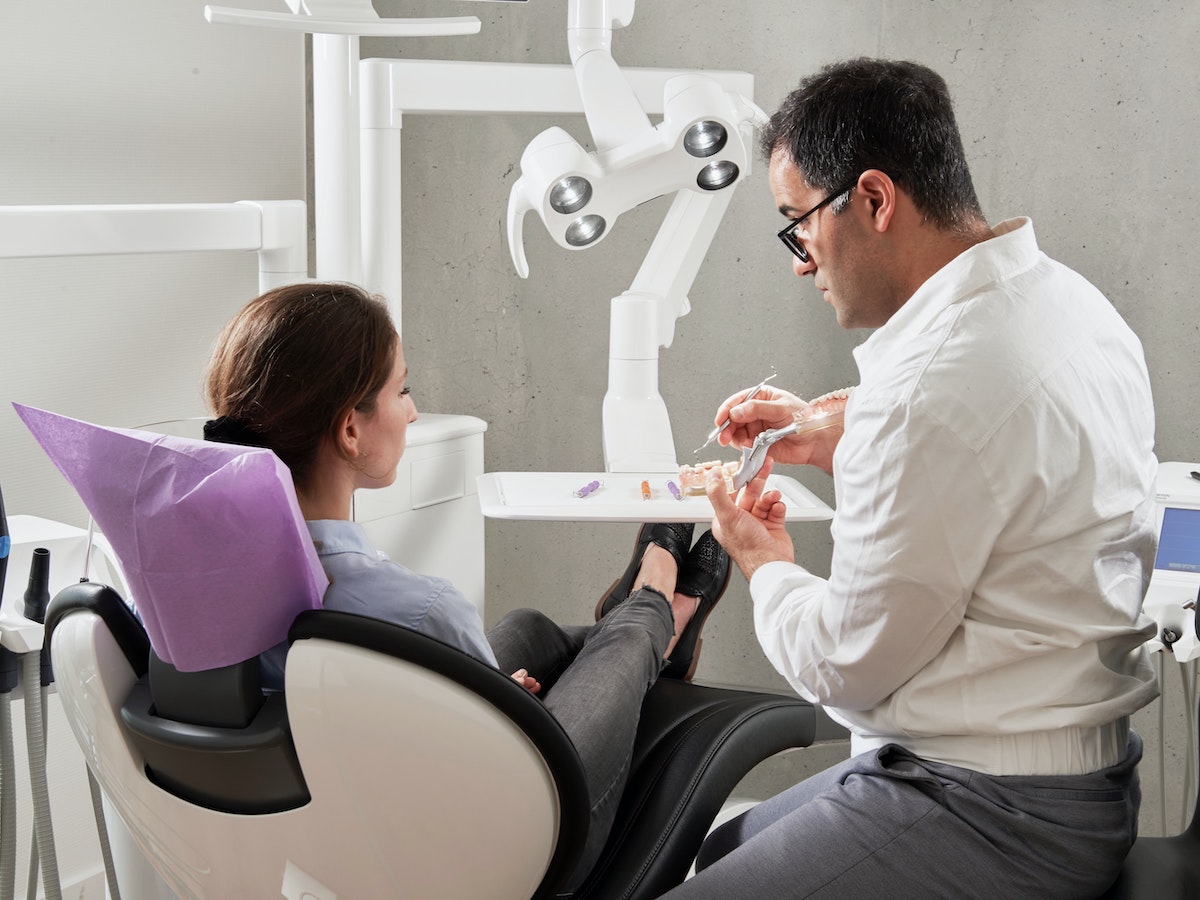The National Institute of Health’s Dental and Craniofacial Research (NIDCR) says that oral cancer makes up about three percent of all cancers diagnosed each year in the United States, with roughly 53,000 new cases annually. In fact, research has shown that an average of one person dies every hour of every day from oral cancer.
Cancer of any kind is scary, and the thought of it being inside one’s mouth or throat where it may not be readily seen or felt can be even more alarming.
So, what are some of the early signs that can act as red flags for patients, perhaps a signal of something more serious going on inside their mouths? And what can patients do to avoid developing oral cancer?
Early Signs: Is It Cancer?
A red or white patch, a sore that has not healed or easily bleeds, a lump or a thick, hard spot, a crusty or rough area in the mouth. Numbness, pain, tenderness, or a change in one’s “bite.” Problems chewing or swallowing, moving the tongue or jaw. Trouble speaking. All of these can be what early oral cancer feels like. But they can also be symptoms of something else, or nothing at all.
Early oral cancer signs are hard to detect, and they can be easily missed. Noticing early signs and symptoms also depends on where the cancer first shows up. Symptoms may include:
- Sores that don’t heal in one’s mouth or throat
- Irritation, thickness, or a lump inside the area
- An unexplainable red or white patch inside the mouth
- Pain in the tongue, jaw, neck, or ear
- A feeling of something being stuck in the throat
- Loose teeth
- A sore throat
- Persistent coughing
- Trouble swallowing, or pain when doing so
- Frequent nosebleeds
- Denture discomfort, especially if coupled with jaw swelling
- Unexplainable weight loss
If any of these symptoms appear and last for longer than two weeks, one should seek out medical attention.
Oral cancer develops inside the mouth and along the back of the throat. In the mouth, it can be found along the lips, the tissue linings of the cheeks and gums, and on the top, sides or bottom of the tongue. The hard and soft palates that make up the roof of the mouth are another area where oral cancer can be found. It might also show up in the salivary glands, or where human saliva (spit) is produced.
What Happens During a Screening?

Regular visits to the dentist play a major role in early oral cancer detection, and most dentists complete an oral cancer screening as part of a patient’s routine check-up.
According to the American Dental Association, an oral cancer screening of the mouth includes checking the lips, gums, the inside of one’s cheeks, all of the tongue’s surface areas, along with the roof and floor of one’s mouth and the back of the patient’s throat. When dentists complete an oral cancer screening, they examine a patient’s entire mouth, neck and face, looking for any possible signs or symptoms of oral cancer so they are found and treated as early as possible.
Common Risks Leading to Oral Cancer
The NIDCR has identified common risk factors that can lead to oral cancer. Tobacco and alcohol use are at the top of the list. This includes tobacco use of any kind – smoking (cigarettes, cigars, pipes) or smokeless (chew, snuff). In terms of heavy alcohol use, the Centers for Disease Control (CDC) defines heavy drinking as “consuming 8 or more drinks per week for a woman or 15 or more drinks per week for a man.”
Combining both tobacco and alcohol use brings an even greater risk. To reduce the risk of oral cancer altogether, patients should consider quitting their use of both tobacco and alcohol.
Researchers have further found a link between oral cancer and being infected with the human papillomavirus (HPV), which is also a leading cause of cervical cancer in women.
These three leading risk factors – tobacco, alcohol and HPV – make up about 90 percent of oral cancer cases.
Another suspected risk factor is sun exposure, especially in the lip area. Using lip balm that has sunscreen in it, avoiding indoor tanning and wearing a hat with a wide brim can help reduce this risk. Exposure to radiation and chemicals such as asbestos and formaldehyde are also considered risk factors, as is a weakened immune system.
Some patients are concerned about cancer from dental procedures such as dental x-rays or teeth whitening with a UV light. The amount of radiation in annual dental x-rays is minimal, and their use as a diagnostic tool far outweighs any risk. And there are no studies that show any correlation between UV teeth whitening and cancer.
Treatment Depends on When Cancer is Found

Oral cancer is most often treated with either surgery or radiation therapy if found early enough. Early detection gives patients a survival rate of between 80 and 90 percent. Unfortunately, late discovery is more common because of a lack of awareness and understanding of oral cancer and its contributing risk factors.
Treatment largely depends on the patient’s overall health, where the oral cancer began, its size and type and whether the cancer has metastasized (spread). Surgery, radiation, chemotherapy and targeted drug therapy may all be used or combined depending on the location and severity of the oral cancer.
Surgery as a treatment can be particularly life-altering, as parts of the tongue or jawbone may be removed, resulting in a further need for reconstructive surgery.
What Can I Do Now?
A sore in one’s mouth may not be the start of oral cancer, but getting it checked out can bring peace of mind. A dentist visit is the best way to address any further concerns about oral cancer, and an oral cancer screening can help detect or rule out any early signs.
The Dental Health Society also encourages regular dental checkups every six months as part of a healthy oral care plan that includes brushing and flossing regularly. Patients should be aware and vigilant about their oral health, and do their own self-exams at home between dental visits.
If you would like to schedule an oral cancer screening or a regular dental checkup, you can use our online search tool to find a dentist near you.


